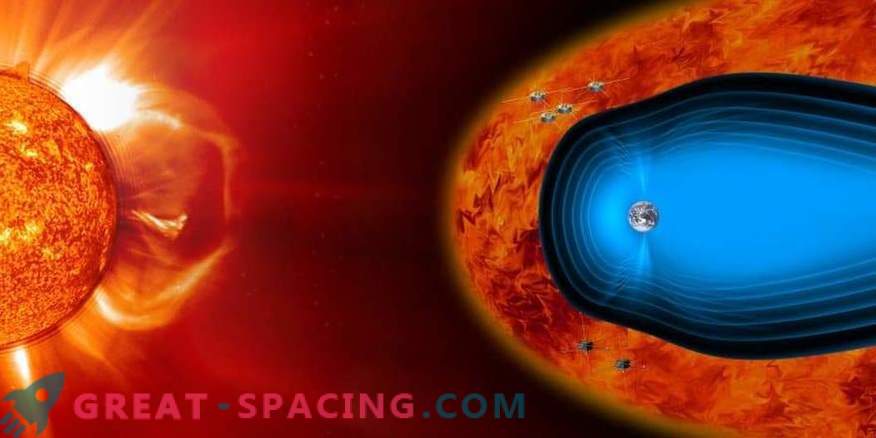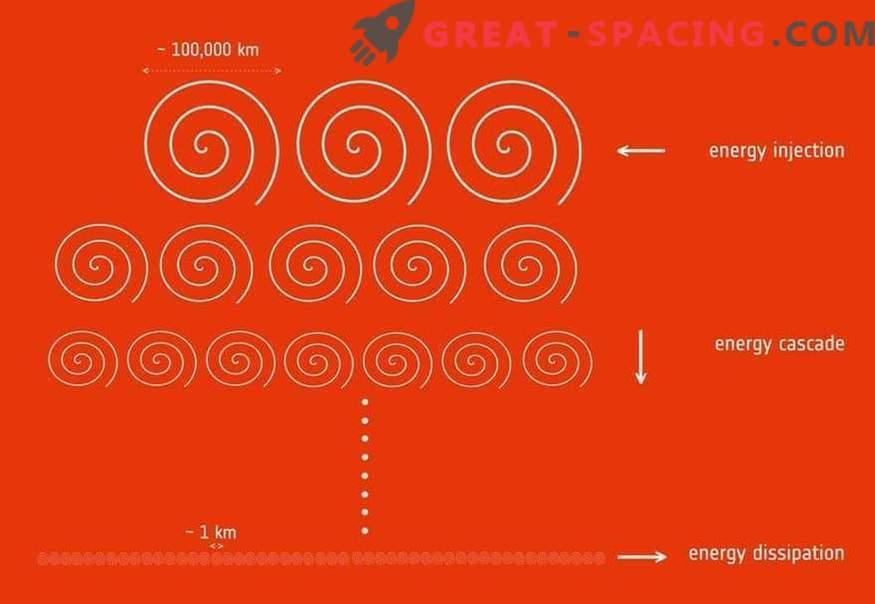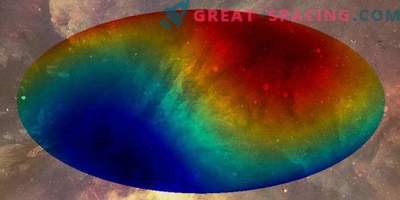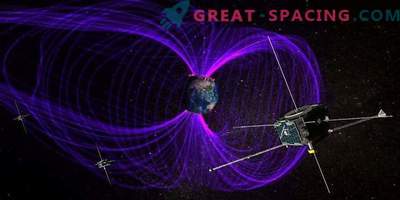
The illustration shows the spacecraft missions Cluster (above) and THEMIS (below) flying through the earth's magnetosheath (turbulent boundary region between the solar wind and the magnetosphere of our planet)
For the first time, scientists were able to determine how much energy is transferred from large to small scales in the magnetosheath - the boundary region between the solar wind and the protective magnetic bubble of our planet. Data has been collected by Cluster and THEMIS for several years. The analysis showed that turbulence is the key, making the process 100 times more efficient than in the solar wind.
The planets of our system are washed by the solar wind - a supersonic stream of high-energy charged particles released by the main star. Several planets, including ours, stand out because they have a magnetic field - an obstacle to the solar wind.
It is the contact between the earth's magnetic field and the stellar wind that creates the complex structure of the magnetosphere. This is a protective bubble that protects the planet from most of the dangerous particles. Scientists were able to sufficiently study the physical processes in the plasma of the solar wind and the magnetosphere. But there are still questions about the relationship between these two media and the turbulent region, called the magnetosheath.
To understand how energy is transmitted from the solar wind to the magnetosphere, one needs to understand what is happening in the magnetosheath. In the stellar wind, turbulence affects the dissipation of energy from large to small scales, where plasma particles heat up and accelerate to higher energies.
There were suspicions that the same mechanism should work for the magnetosheath, but this could not be verified. The plasma of the magnetosphere is more turbulent, it is more exposed to density fluctuations and more compressed than the solar wind. Therefore, scientists only in recent years have been able to develop theoretical boundaries for the study of physical processes in a similar environment.

Schematic illustration of an energy cascade process in a turbulent plasma seen in the earth's magnetosheath
Scientists studied the volume of information obtained by the missions Cluster and THEMIS in 2007-2011. Applying the newly created theoretical tools, they got an amazing result. It turned out that the density and magnetic fluctuations caused by turbulence in the magnetosphere increase the speed at which energy falls from large to smaller scales 100 times more efficient than in the solar wind. Analysis shows that approximately 10–13 J of energy per m 3 is transmitted every second. In addition, the researchers obtained an empirical correlation linking the rate of energy dissipation in the magnetosheath with a fourth power of a different magnitude used to study the motion of liquids (turbulent Mach number).
The speed is difficult to determine if space probes are not used, but the Mach number is easier to calculate using remote observations of astrophysical plasma located outside the planetary limits.
Scientists are waiting for a comparison of their findings with measurements of plasma around other solar planets. This is possible for the missions of Juno (Jupiter) and future flights to the satellites of Jupiter, as well as BepiColombo.










































